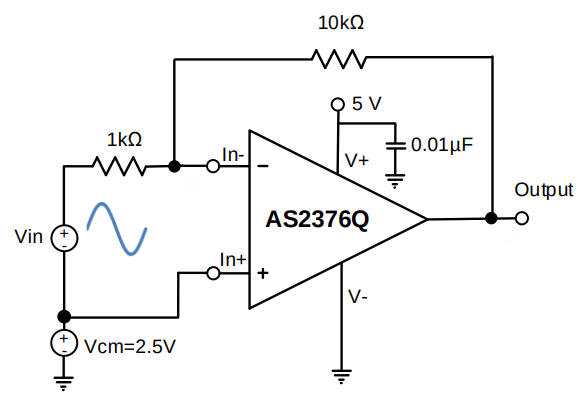
The device, called AS2376Q, is designed for filtering and control, especially in automotive applications – it is AEC-Q100 Grade 1 compliant and has automotive-grade PPAP.
Both input and output are rail-to-rail and operate from 2.2 to 5.5 V (max. 950 µA quiescent) and 40° C to +125°C.
The deviation coefficient of the power supply is usually 5 µV/V. "Low voltage operation, low quiescent current and excellent PSRR make it suitable for direct battery-powered and noise-sensitive applications with noisy low-voltage buses," according to the company.
As the input signals approach the positive bus level by one volt, the differential pair of nmos transistors takes over control from the reduced pmos pair used at all lower input voltages. An npn pair has no accuracy characteristics and the offset voltage is likely to suffer. The Pnp input offset trim is optimized for best performance at half supply voltage.
SO-8 packaging.
For the more precise needs of an automotive amplifier, Diodes has just qualified it to manufacture the AS2333Q, a precision rail-to-rail (input and output) dual-interrupter stabilized operational amplifier.
The specifications of the original are typically: 8 µV input offset, 0.02 µV/°C drift over time and temperature, 120 dB total mode deviation, and 130 dB open-loop gain. The bandwidth is 350 kHz and is typically reduced to 0.12 V/µs. Operation from 1.8V to 5.5V (or ±0.9V to ±2.75V) and from -40°C to +125°C.
Source: electronicsweekly.com










